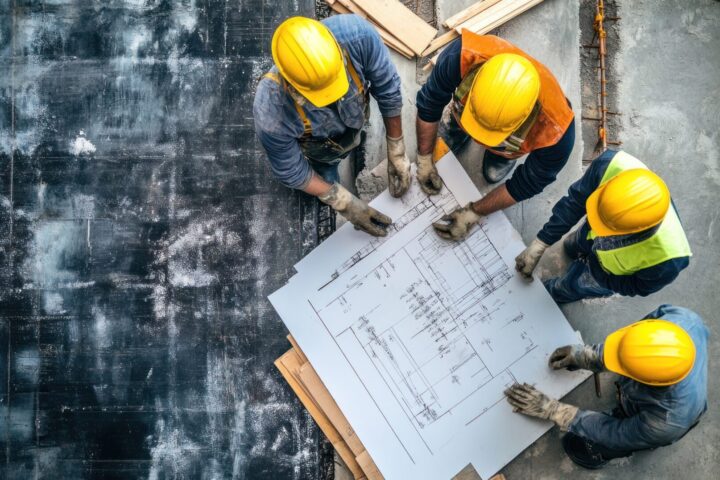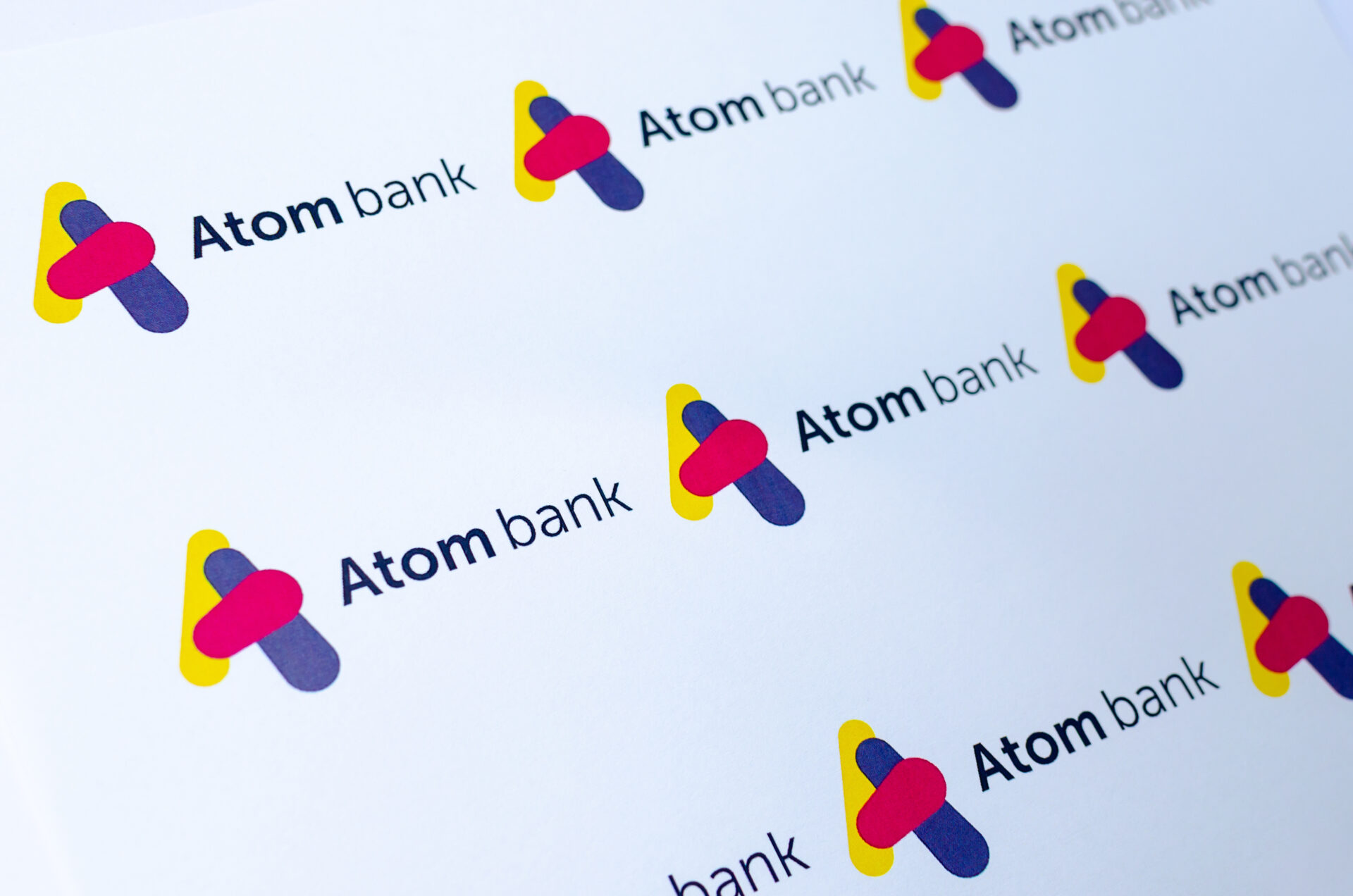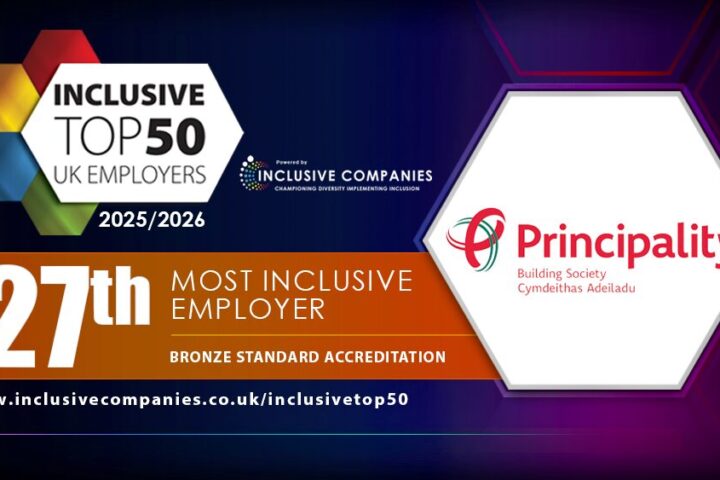Faye Allen, regional director at Rimkus and author of ‘Building Women’, shares her insights about breaking barriers for women in construction, tackling industry challenges, and fostering diversity and inclusion.
Allen is a Chartered Quantity Surveyor with over 30 years’ experience in the UK construction industry. Starting her career formally at 18, she has managed multi-million-pound projects across diverse sectors and, over the past 11 years, has specialised in dispute resolution as an expert witness for contractors and subcontractors.
What inspired you to write your new book, ‘Building Women’, and what do you hope readers will learn from it?
The book was inspired by multiple profound experiences throughout my 31-year career in construction. The #MeToo movement was a critical trigger, where I publicly shared my personal experience of sexual assault at work. This wasn’t just a personal story, but a broader revelation about systemic issues in the industry.
During a conference in 2020, I then discovered that women 20 to 25 years younger were experiencing identical challenges I faced decades earlier.
I realised the industry has a deeply entrenched problem of silencing women. Many are paid to remain quiet through non-disclosure agreements – it’s even happened to me – and this prevents meaningful dialogue about workplace issues.
The statistics are stark – women have never represented more than 15.8% of the construction workforce since 1997 according to ONS statistics. My book aims to break this silence, expose these hidden challenges, and create a comprehensive narrative about women’s experiences in construction.
Why do you think there are still so few women in construction, especially on site, despite recent efforts to improve diversity?
The barriers are multifaceted and systemic. In trades, women represent only 2% of the workforce. Key challenges include inflexible working conditions that are fundamentally incompatible with modern life.
Construction typically demands extremely long hours – workers might start at 7am and finish after 5pm, with some roles, like crane driving, requiring even longer days.
For professional roles, the issue is retention, not just recruitment. Women face persistent challenges, including harassment, sexism, and bullying. The Royal Institution of Chartered Surveyors (RICS) revealed a shocking statistic: female surveyors have careers lasting only 16 years compared to men’s 28 years. This “leaky pipeline” means women are consistently pushed out of the industry.
Gender stereotyping begins extremely early. By ages six to seven, girls already believe they aren’t suitable for science, technology, engineering, and mathematics (STEM) fields. Media representations such as “Bob the Builder” for boys and unicorn-themed toys for girls reinforce these damaging stereotypes, creating psychological barriers before women even consider construction careers.
One particularly poignant example involves a mother whose young daughter initially loved wearing builder outfits. After starting school, the girl suddenly declared it a “boy’s job” and discarded her costume. This microcosm illustrates how quickly and deeply gender stereotypes are internalised.
Can you share a story that shows the challenges or successes women face in this industry?
Throughout my career, I was often the only woman in the room and this can be tough. It has led to me having to be very strong and extremely resilient. I’ve been sexually assaulted and bullied and paid to remain silent through a non-disclosure agreement when I complained,
Yet, I’ve also seen remarkable resilience and gradual progress, such as improvements in personal protective equipment (PPE) designed specifically for women, including specialised hijabs designed to be worn under hard hats.
How can having more women in construction help to solve the skills shortage? What can companies do to attract and keep female talent?
Women can directly address the industry’s critical skills shortage. We need people and women are people who are more than capable of doing the myriad of skilled roles in the industry Companies must fundamentally reimagine workplace structures. This means offering genuine flexibility – trial working hours, split shifts, and performance-based evaluations rather than rigid time-based monitoring.
Early intervention is crucial. We must engage with primary schools to challenge gender stereotypes, showing young girls that construction offers diverse, exciting career paths. Companies should develop comprehensive apprenticeship schemes with Government support, making training accessible and attractive.
Retention strategies are equally important. This involves creating supportive networks, providing proper protective equipment, mentorship programmes, and cultivating workplace cultures that genuinely value diversity. Male allyship is critical – creating environments where women feel supported, heard, and able to advance.
What changes can employers make right now to tackle issues like discrimination, lack of flexibility, and the gender pay gap?
Meaningful change requires a holistic approach. Leaders must ensure inclusive values permeate every organisational level, not just exist in mission statements. This involves comprehensive training, creating anonymous feedback mechanisms, and being willing to have challenging conversations.
Practical solutions include implementing cultural value key performance indicators (KPIs), developing anonymous workplace satisfaction surveys, and potentially implementing rating systems for site cultures. The ‘Considerate Constructors Scheme’ could be expanded to include cultural assessments whereby if site culture is scored as being low contractors could lose gold/silver/bronze status for example or be given warnings for improvement.
Companies should view diversity as a strategic advantage. Diverse teams demonstrate higher productivity, better problem-solving, and improved mental health outcomes. By creating inclusive environments, organisations can attract and retain top talent across the gender spectrum.
The ultimate goal is a collaborative environment where everyone, regardless of gender, can thrive, recognising that most people want positive change but may not understand existing barriers.
How important are role models for women in construction, and how can women support each other in the industry?
Role models are critically important, yet historically scarce in construction. Throughout my entire career, I only had one female role model – a female manager who stood out in a sea of men. Now, there’s growing recognition of the need for visible female representation. Women who have successfully navigated the industry’s challenges have a responsibility to support and inspire others.
This support manifests through various channels, including women’s networks, industry awards, and active mentorship.
The goal is not just representation, but active sponsorship – helping women advance, pushing them when they doubt themselves, and creating support systems that didn’t exist in previous generations. We do not need to fix women, we need to fix the current cultures and systems that do not properly support women.
In your experience, how does having more diverse teams benefit construction companies?
Diverse teams fundamentally transform workplace dynamics. In my experience, introducing women to predominantly male environments changes communication patterns dramatically. Notably, the construction industry faces a severe mental health crisis, with male construction workers four times more likely to die by suicide. Diverse teams create spaces for more open, meaningful conversations.
The benefits extend beyond communication. Research consistently shows that diverse teams are more productive, innovative, and profitable. This includes diversity of thought, which is particularly important in construction. The industry benefits from different perspectives, including neurodivergent thinking and varied life experiences. It’s not just about gender but about creating environments where different viewpoints can flourish.
What can leaders do to create a more inclusive and supportive workplace culture?
True cultural change requires more than top-down directives. Leaders must ensure their values permeate every level of the organisation, especially through middle management. This involves comprehensive training, creating anonymous feedback mechanisms, and being willing to have difficult conversations.
Practical strategies include implementing cultural value KPIs, developing anonymous workplace satisfaction surveys, and potentially creating rating systems for site cultures.
Leaders from larger companies have a particular responsibility to support small and medium enterprises (SME’s) who make up a large proportion of the sector in developing inclusive practices. This might involve sharing best practice, providing free training and resources, or creating industry-wide standards for workplace culture.
Many of these SME’s cannot afford the programmes larger companies can yet they make up a large majority of the industry so it is our collective responsibility to ensure we lead them to improved culture as well.
What advice would you give to young women thinking about a career in construction?
Construction offers incredible career diversity and opportunities for growth. My career has spanned multiple roles – from managing multi-million-pound projects on site with teams of surveyors to pursuing a postgraduate diploma in law and later becoming an expert witness. The key is understanding that your career can be fluid and adaptable.
However, I also emphasise the importance of building a support network. Seek out mentors, join professional networks, and don’t be afraid to reach out for support. The industry can be challenging, especially as a minority, so having a strong support system is crucial. Look for sponsors who can open doors and push you beyond your comfort zone.
What’s the one change you’d most like to see in the construction sector over the next five years?
My primary focus is improving mental health outcomes and addressing the skills shortage. The construction industry currently faces a critical challenge with male suicide rates and a significant skills gap. I want to see more women not just entering the industry, but more importantly staying and thriving.
This means creating flexible working arrangements, supporting apprenticeship schemes, and fundamentally changing the industry’s culture. The Government’s target of building 300,000 homes annually can only be achieved by addressing the skills shortage and creating more inclusive, supportive work environments.
The ultimate goal is to create an industry where everyone, regardless of gender, background, or experience, can contribute, grow, and feel valued. It’s about collective action, breaking down barriers, and recognising that 99% of people want positive change but may not understand how to achieve it.
What’s your final message to readers?
My final message centres on the concept of male allyship and collective responsibility. I want to emphasise that creating change doesn’t require grand gestures, but genuine, thoughtful actions. In my book, I discuss seven different types of allyship, providing practical examples of how men can support women in the workplace.
The key is understanding that most people aren’t intentionally harmful – they simply don’t know what they don’t know. I often use a powerful exercise I call the “ten fingers up” approach given to me by Kat Parsons, where people put a finger down for each advantage they have, which helps people recognise their own privileges and perspectives.
For women, I encourage investigating the construction industry with an open mind. Despite its challenges, it offers incredible opportunities for diverse, exciting careers. For men, I urge them to become allies – it can be as simple as ensuring a woman isn’t talked over in a meeting or actively supporting her professional development.
My ultimate message is about collective action. Change won’t happen through a gender war, but through everyone working together. The construction industry needs everyone’s contribution – men, women, people of all backgrounds – to create a truly inclusive, supportive environment. We’re not looking to replace anyone, but to create space for everyone to succeed.
I want to create a ripple effect of change. By raising awareness, sharing stories, and encouraging open dialogue, we can transform not just the construction industry, but workplace cultures across sectors. It’s about creating an environment where talent, regardless of gender, can truly flourish.
The most important thing is to keep pushing forward, keep having difficult conversations, and believe that meaningful change is possible. Every small action counts, and together, we can build a more inclusive, supportive, and dynamic industry.















